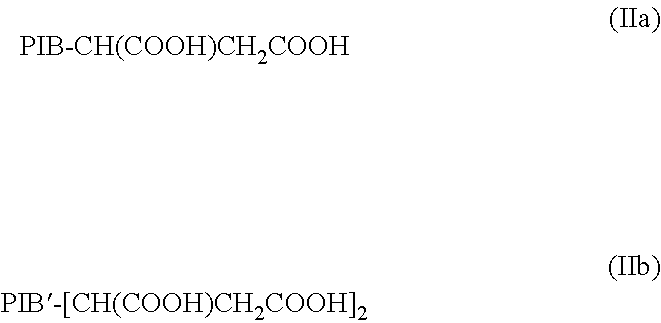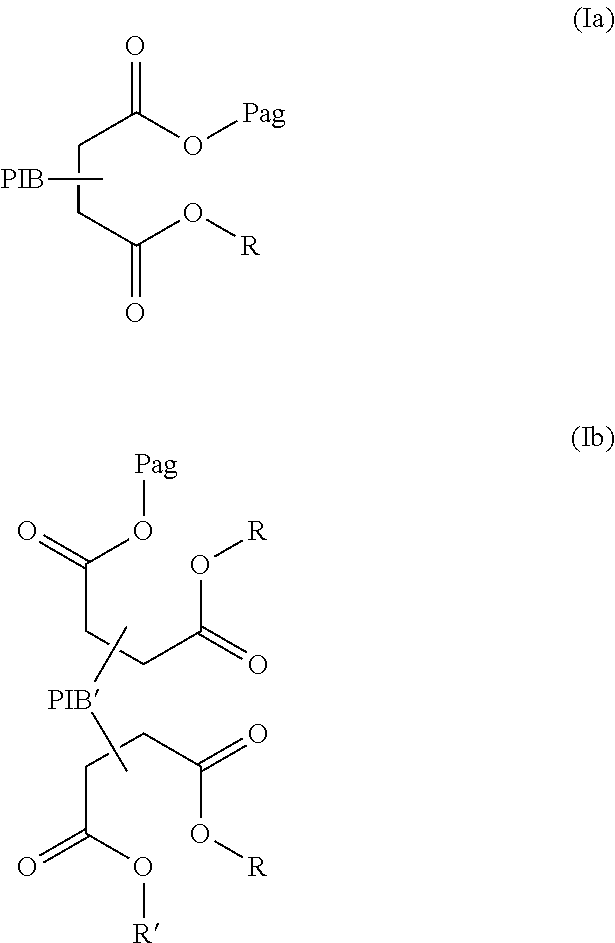WC gel
a gel or paste technology, applied in detergent compounding agents, ampholytes/electroneutral surface active compounds, non-ionic surface active compounds, etc., can solve the problems of unsanitary or even repellent refilling or replacement baskets, unattractive biofilm formation, and certain consumers, so as to reduce the tendency to leave insoluble residues and reduce the formation of lime. , the effect of reducing the tendency to re-soil
- Summary
- Abstract
- Description
- Claims
- Application Information
AI Technical Summary
Benefits of technology
Problems solved by technology
Method used
Image
Examples
Embodiment Construction
[0010]The following detailed description of the invention is merely exemplary in nature and is not intended to limit the invention or the application and uses of the invention. Furthermore, there is no intention to be bound by any theory presented in the preceding background of the invention or the following detailed description of the invention.
[0011]Substances that also serve as ingredients of cosmetic agents are designated below, as applicable, in accordance with the International Nomenclature of Cosmetic Ingredients (INCI). Chemical compounds carry an INCI name in English; plant-based ingredients are listed exclusively according to Linnaeus in Latin; so-called “trivial” names such as “water,”“honey,” or “sea salt” are likewise indicated in Latin. The INCI names may be gathered from the International Cosmetic Ingredient Dictionary and Handbook—Seventh Edition (1997), which is published by The Cosmetic, Toiletry, and Fragrance Association (CTFA), 1101 17th Street NW, Suite 300, Wa...
PUM
| Property | Measurement | Unit |
|---|---|---|
| wt % | aaaaa | aaaaa |
| number-average molecular weight | aaaaa | aaaaa |
| number-average molecular weight | aaaaa | aaaaa |
Abstract
Description
Claims
Application Information
 Login to View More
Login to View More - R&D
- Intellectual Property
- Life Sciences
- Materials
- Tech Scout
- Unparalleled Data Quality
- Higher Quality Content
- 60% Fewer Hallucinations
Browse by: Latest US Patents, China's latest patents, Technical Efficacy Thesaurus, Application Domain, Technology Topic, Popular Technical Reports.
© 2025 PatSnap. All rights reserved.Legal|Privacy policy|Modern Slavery Act Transparency Statement|Sitemap|About US| Contact US: help@patsnap.com



